We all know that sudden acceleration when the light turns green doesn’t do your fuel efficiency any favors. In fact, many everyday driving habits affect your car’s fuel economy.
But, let’s say your driving habits haven’t changed. You aren’t taking turns like a Nascar driver, and you haven’t been revving your engine. So, why is your fuel efficiency decreasing?
But, Doesn’t Fuel Efficiency Normally Change Over Time?
Yes. As car’s age, fuel economy declines. No matter how well you take care of your vehicle, it’s engine efficiency and power are never as good as when you drive it off the lot. However, while a product of the miles you’ve driven, this decrease in efficiency is most likely due to faulty or worn engine components.
It’s also true your gas mileage changes over the period of the day as well. Colder mornings mean lower fuel economies. In fact, at 20-degrees your fuel economy is 12% lower than at 77-degrees.
But, what about on a typical, warm day? With a car that isn’t incredibly old. Why do you see drops in fuel efficiency?
5 Reasons for Decreases in Fuel Efficiency
If you are noticing drops in gas mileage and you don’t live in the frozen North, and you don’t own a lead foot, it’s time to take a look under the hood and perhaps your tires.
1. Incorrect Tire Pressure
Not only is driving with incorrect tire pressure bad for your tire tread and alignment, it’s killing your gas mileage.
Tires that are underinflated mean more friction, traction and resistance. The more resistance, the more gas it takes to keep your tires rolling.
Luckily, the fix is easy. Stop at your closest gas station with an air machine and fill your tires up. Not sure how? Some tire shops even have a complimentary service.
2. Dirty or Worn Spark Plugs
Dirty or worn out spark plugs affect the way your engine burns fuel in the combustion chamber. Worn out spark plugs causes gas to be left unburned, wasting it.
In turn, this waste means your getting fewer miles per gallon.
3. Clogged Air Filter
Air filters are somewhat delicate, made of pleated paper or thin fabrics. And over time, they take a beating, eventually filling with the pollen and dust they’ve stopped from entering the fuel system.
When clogged, air filters smother your engine as they can’t allow normal air flow. How do you know when it’s clogged?
Like underinflated tires, this is an easy fix. Most air filter changes can be made at home as they are easily accessible and replaceable. When you hold it up to a light, and you can’t see the light—it’s time for a new filter.
4. Bad Oxygen Sensor
Usually, oxygen sensors last the life of the car. Which is good, because they are responsible for the air-to-fuel ratio of your engine.
Typically, faulty O2 sensors send false, lean-bias alarms. Meaning, they deem the engine to be lean or low on fuel, adding unnecessary additional fuel to the system. The unneeded fuel just goes to waste.
5. Inaccurate Coolant Sensors
Remeber earlier (about seven paragraphs ago) when we mentioned how cold temperatures cause decreases in fuel efficiency. Well, a faulty or inaccurate coolant sensor means your car may think it’s cold when it’s actually warm out.
The extra fuel your car sends into the engine gets wasted.
Sudden or unexplained drops in fuel efficiency mean it’s time to open your hood. While it may not be a critical problem, it’s the beginning symptoms of components wearing down or failing.
Want to get your fuel efficiency back to its new car days? Stop by Northwest Auto Center in Houston. We can tell you what needs work and what doesn’t, keeping you and your car on the road—efficiently.

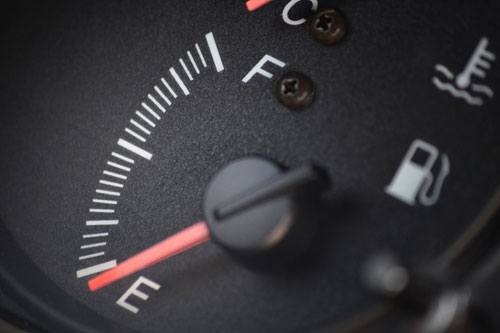
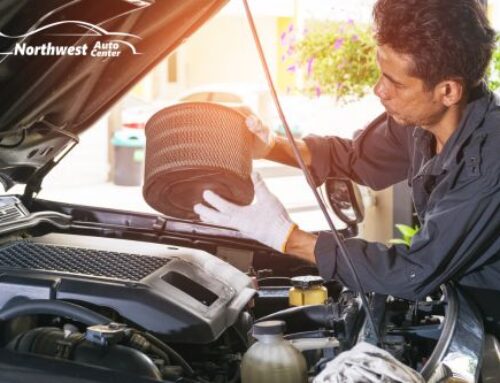
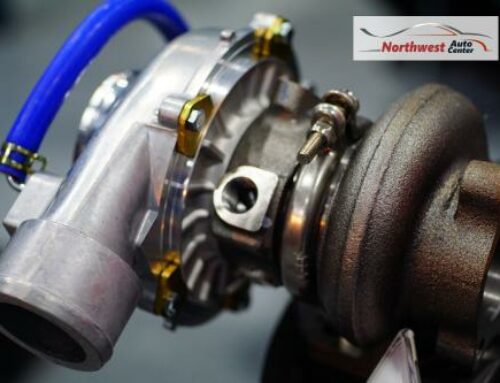
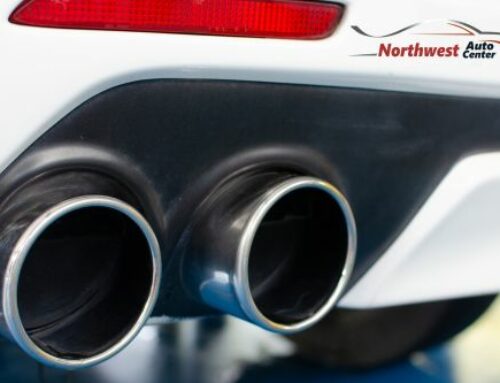

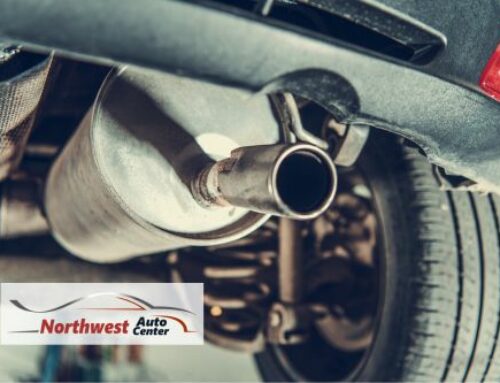
Leave A Comment
You must be logged in to post a comment.